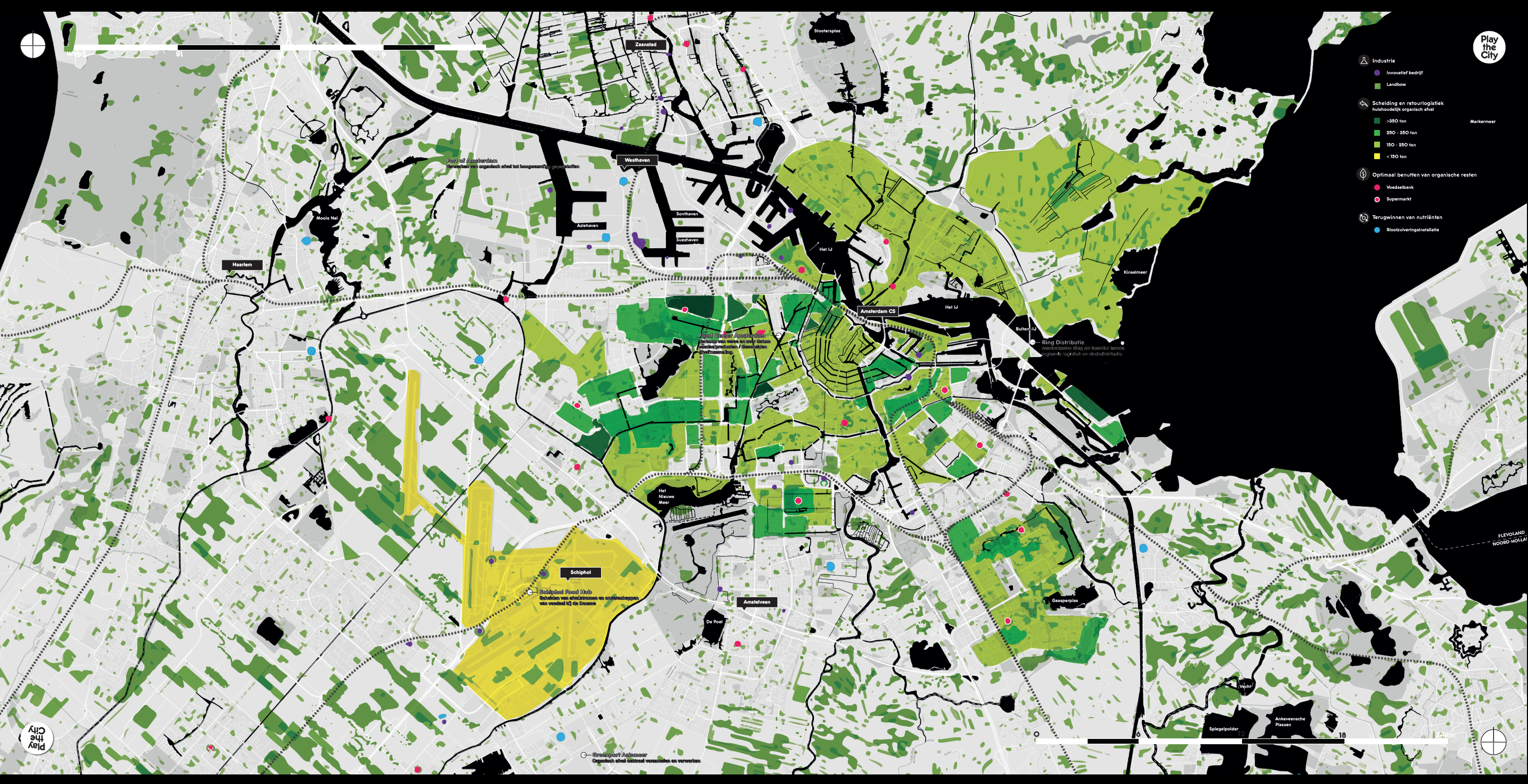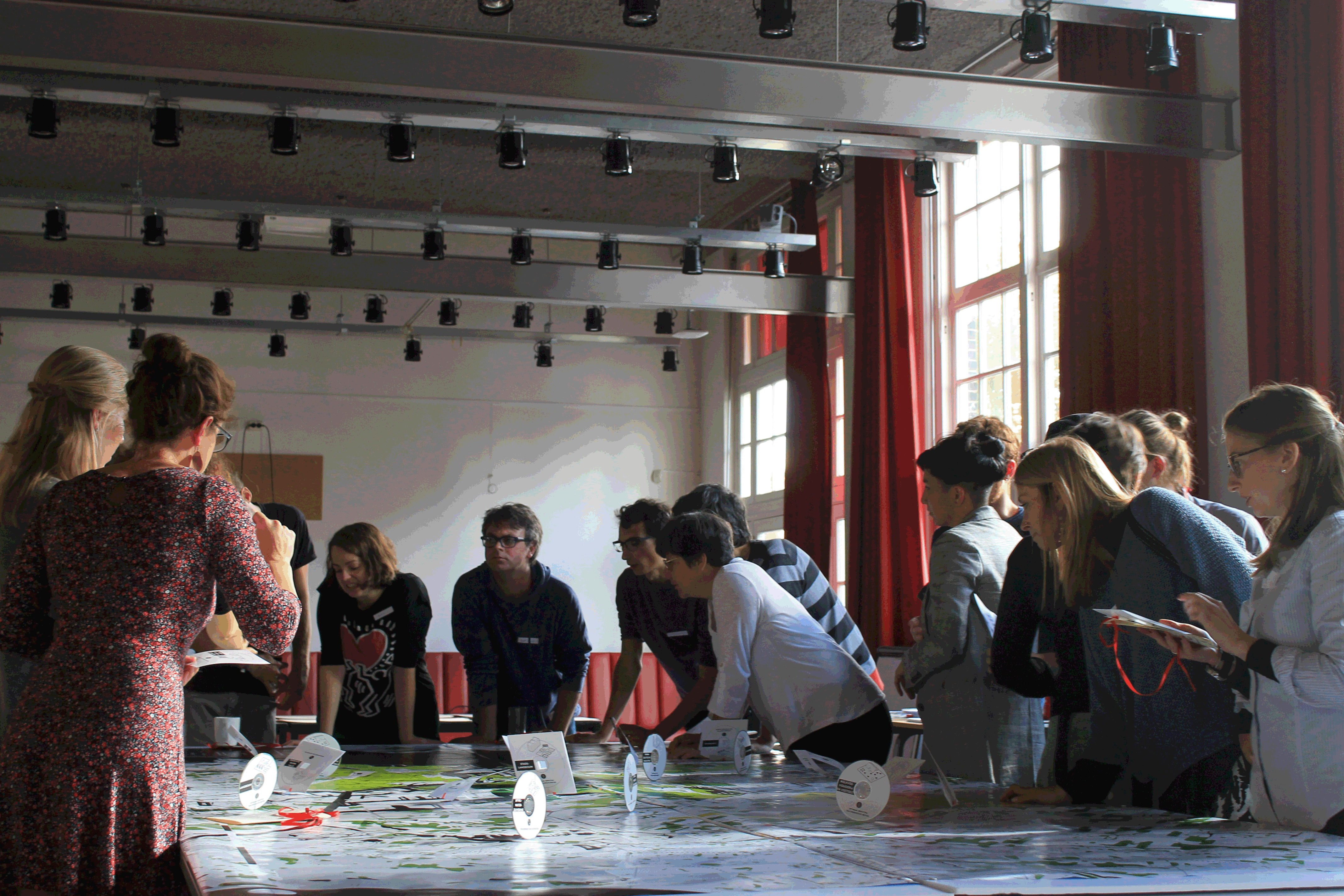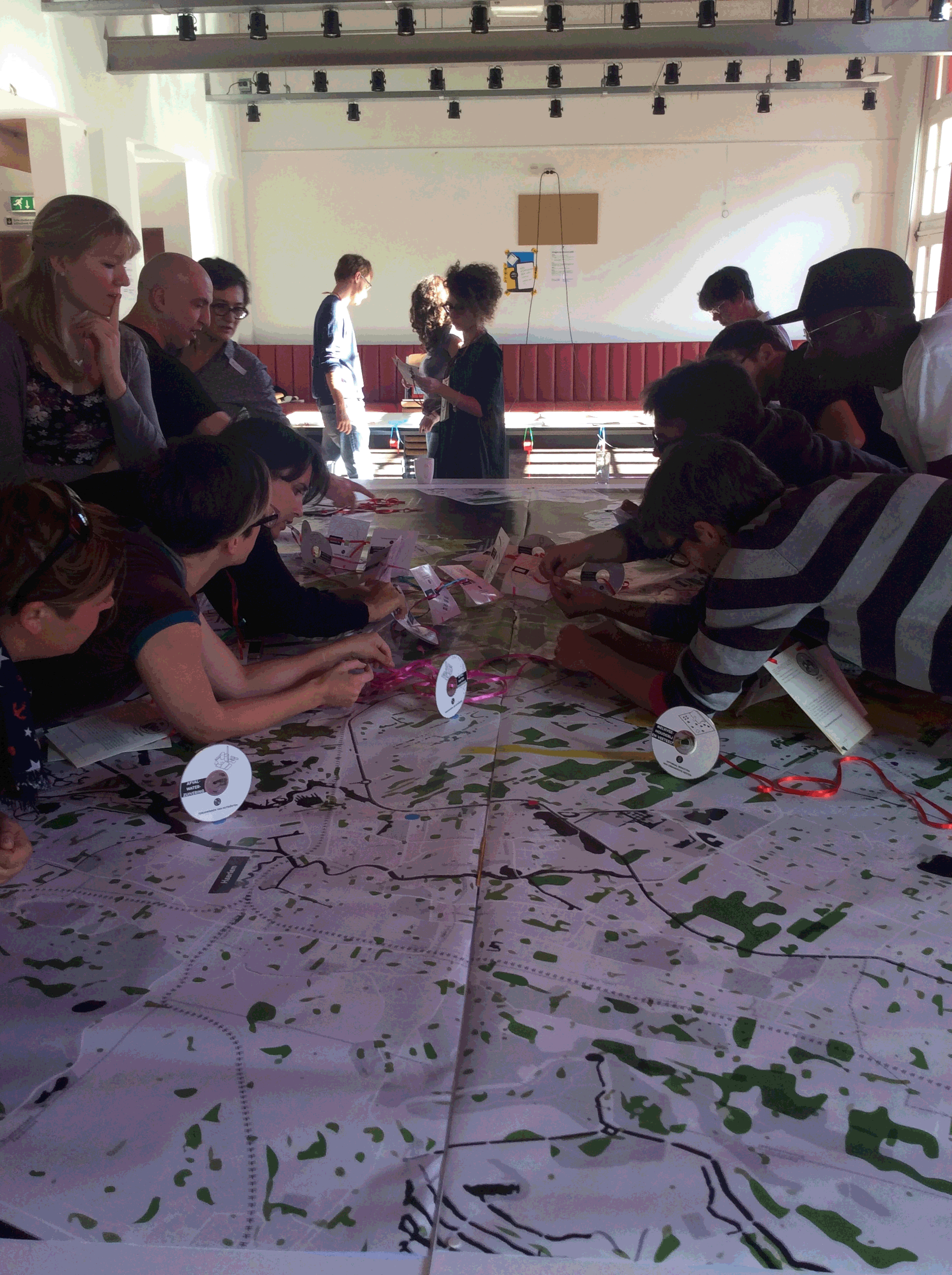Games for Cities
A Circular Amsterdam (2016)
Amsterdam [NL]
Developed by:
A Circular Amsterdam is a serious game requiring players to assume various roles as producers, distributors, and consumers, and to establish connections with other role players in order to close the loops.

The City of Amsterdam has the ambition of becoming the first circular city. This requires transforming production technologies or networks to incorporate wastes back into the system. Key to realising this goal, is encouraging collaborative partnerships between producers, their distribution networks, and consumers of these products. A circular Amsterdam takes this ambition for circularity seriously, creating a playful environment where creativity and collaboration is the norm. Networks and relationships between players that are established in the game have the potential to inspire real-world collaboration, both between the players involved, and between the role player functions that these players each represent in the game.
The game is designed to accommodate a total of 26 players in teams of 2, excluding the game master who facilitates the discussion and collaboration as it progresses in each game session. Each pair selects a role player, describing their own future (circular) ambitions for collaborating and their current (linear) production cycles. Including role playing in the game frees up players’ creative energy, encouraging them to make unlikely connections across the board which otherwise might have been missed. Designed to be playable by multiple different groups, it serves an educational function to those unfamiliar with ‘circularity’, while simultaneously enabling real stakeholders to explore the potentials for collaborating with other businesses in a space where there are no real or lasting consequences to their decisions and partnerships made. Teams each place themselves onto the map and motivate for their locational decision to the other players, while also making a pitch to invite the kinds of collaborations they’re after.
Players must each use their waste products as effectively as possible, and create an organic circular flow by creating the appropriate partnerships, with points collected for each successfully closed loop. For example, the coffee roaster realises that not only can he save some of the money that he pays his waste removal company, he can also earn some money by selling his coffee waste to the oyster mushroom farmer that’s just set up in his area, and who is on the hunt for some organic fertiliser. And because the coffee roaster can’t keep up with demand for this fertiliser, he now learns in the game that he can get the rest that he needs from the insect farmer who he never knew existed. With this new network established, by assisting in the reverse-logistics here, it becomes economically viable for the biorefinery to also collect biomass from the nearby urban farms. Loop closed.
In later revisions of the game, the designers are interested in applying it to more local contexts, plugging in accurate spatial data and material flow analyses to delve deeper into the actual pragmatics of establishing such partnerships. One thing we do know, is that without collaboration there is no circularity, and this game creates the platform and impetus for these networks to both emerge and find their footing.



